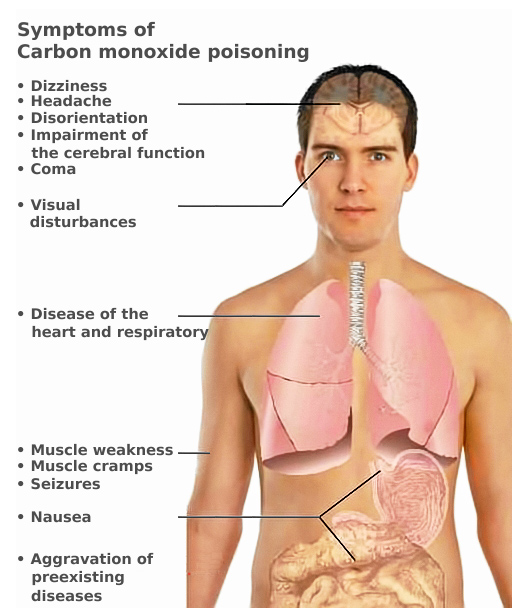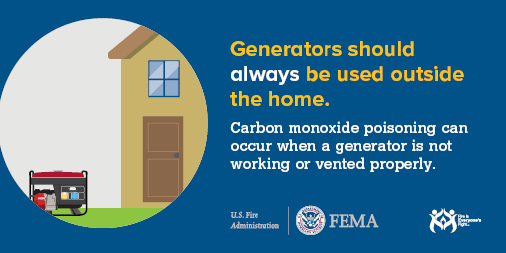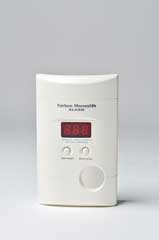Canoga Park Man and Girl Nearly Die from Carbon Monoxide Poisoning
Canoga Park - A man and girl nearly died today due to Carbon Monoxide poisoning in their apartment.
In the afternoon of December 23, 2016, LAFD firefighters arrived to the 8500 block of De Soto Avenue to find a 21 year-old man and an 11 year-old girl unconscious in an apartment.
It appears the apartment did not have power and they were using a portable gas generator that was placed in the bathroom to provide temporary power to appliances via extension cords. Little did they know that deadly Carbon Monoxide gas was filling their apartment.
The girl spoke to a neighbor and said she was not feeling well and was going to lay down. Several hours later the neighbor, along with her mother, went to the apartment and found both patients unconscious and called 911.
Firefighter/Paramedics quickly arrived and provided immediate medical aid and transported the patients to a local hospital in critical condition. Fortunately, due to firefighters efforts, both patients' conditions began to improve. If it were not for the neighbor finding the patients and calling 911, they both likely would have died.
Due to this incident and the continued cold weather, we want to stress four important items that could save your life.
What is carbon monoxide?
Know the symptoms of CO poisoning.
Ensure portable generator safety.
Have a functional Carbon Monoxide detector.
What is Carbon Monoxide?

Carbon Monoxide, also known as CO, is called the “Invisible Killer” because it's a colorless, odorless, poisonous gas that can get into your blood stream and limit the ability of the blood to carry oxygen to your organs. More than 150 people in the Unites States die every year from accidental nonfire-related CO poisoning associated with consumer products, including generators. Other products include faulty, improperly-used or incorrectly-vented fuel-burning appliances such as furnaces, stoves, water heaters and fireplaces.
Know the symptoms of CO poisoning.
Because CO is odorless, colorless, and otherwise undetectable to the human senses, people may not know that they are being exposed. The initial symptoms of low to moderate CO poisoning are similar to the flu (but without the fever). They include:
Headache
Fatigue
Shortness of breath
Nausea
Dizziness
High level CO poisoning results in progressively more severe symptoms, including:
Mental confusion
Vomiting
Loss of muscular coordination
Loss of consciousness
Ultimately death
Ensure portable generator safety.
Carbon Monoxide poisoning incidents greatly increase in winter months when it is cold. Portable generators are useful during winter storms, but if not used safely, they can cause injury and death.
Never use portable generators indoors. Use them outdoors in well-ventilated areas away from all doors, windows and vents.
Do not use a generator in a wet area. This can cause shock or electrocution.
Connect appliances to the generator with heavy-duty extension cords.
Do not fuel your generator when it is running. Spilling gas on a hot engine can cause a fire.
Have a functional Carbon Monoxide detector.
Although the popularity of CO alarms has been growing in recent years, it cannot be assumed that everyone is familiar with the hazards of carbon monoxide poisoning in the home. 
Install and maintain CO alarms inside your home to provide early warning of CO.
Install CO alarms in a central location outside each separate sleeping area and on every level of your home.
Make sure vents for the dryer, furnace, stove and fireplace are clear of debris.
Your Los Angeles Fire Department wishes you and your family a safe and warm winter.









